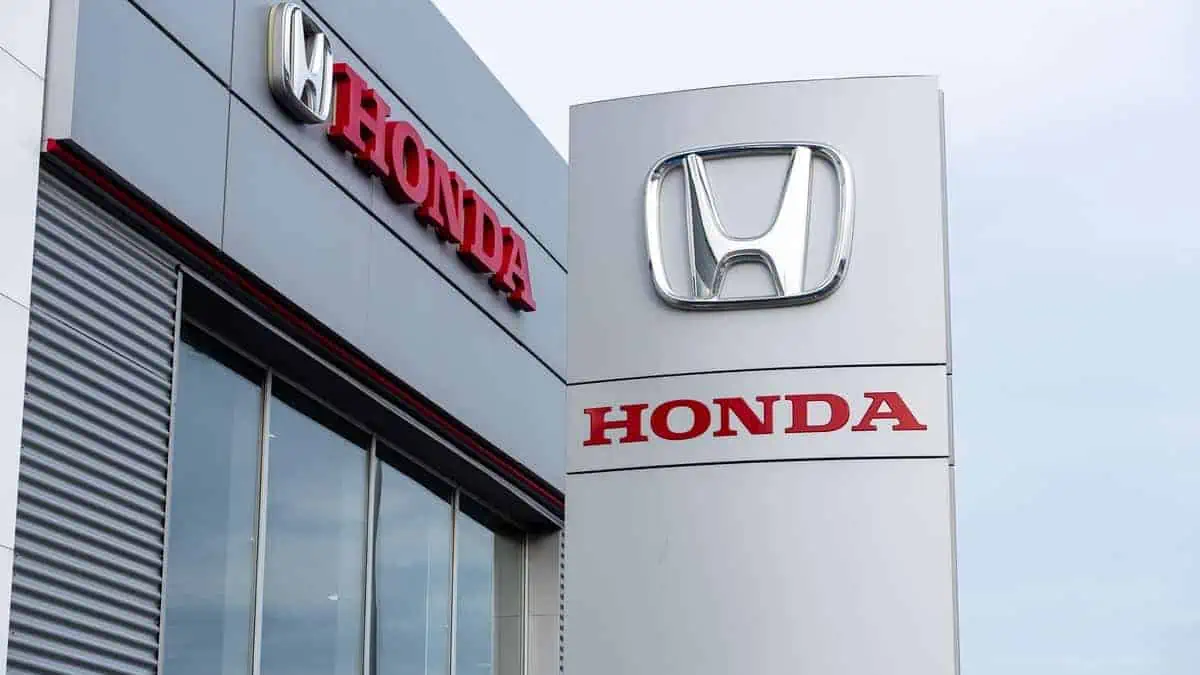Japanese automaker Honda announced that it will launch a hydrogen fuel cell vehicle (FCEV) two years from now at its Performance Manufacturing Center in Marysville, Ohio, as reported by TechCrunch. Notably, it will be based on the company’s popular CR-V crossover.
Honda’s targets
These tactical moves are part of the automaker’s plan to switch to all-electric vehicles by 2040 and achieve carbon neutrality by 2050.
It is worth noting that one of the first models to use a plug-in function with fuel cell technology is Honda’s car. With this feature, the driver can alternate between using the vehicle’s inbuilt batteries for shorter trips and a hydrogen supply for longer ones.
“Honda established our goal to realize carbon neutrality by 2050 and the complete electrification of our vehicle lineup by 2040 is critical to achieving it. As we accelerate our plan to produce Honda battery EVs in the United States, we also will begin low volume production of fuel cell electric vehicles there to further explore their great potential as part of a sustainable transportation future.”
Gary Robinson, vice president of Auto Planning & Strategy for American Honda Motor Co., Inc.
About FCEVs
Unlike BEVs, FCEVs have the advantage of being refueled in 3-4 minutes and having a more extended range. Unfortunately, mass deployment of the technology has yet to be feasible. Furthermore, the public hydrogen station network in the United States is centralized in California.
In the past 20 years, Honda has been exploring fuel cell vehicles. The CR-V-based Honda vehicle will deliver relevant details as launch day approaches.
In retrospect, the sixth-generation CR-V was unveiled this year by the Japanese automaker. Furthermore, Honda has contributed over $14 million to the network of hydrogen refueling stations in California to assist in the widespread adoption of fuel-cell vehicles.






